Water is essential to health and food production. Globally, nearly 2.1 billion people lack access to safe drinking water in their homes and about 4.4 billion lack access to proper sanitation, putting them at risk of disease. Coupled with poor hygiene, the lack of adequate water and sanitation is a leading cause of disease and death worldwide. Food production is the largest consumer of water, and also represents the largest unknown factor of future water use as the world population continues to increase. Global population growth projections of 2 to 3 billion people over the next 40 years, combined with changing diets, are expected to increase food demand substantially by 2050.
The U.S. Global Water Strategy envisions a water-secure world, where people and nations have the water they need to be healthy, prosperous, and resilient.
To advance the Strategy, the U.S. Government will work with partner countries and key stakeholders to achieve four interrelated objectives. These objectives include: increasing access to sustainable safe drinking water and sanitation services and promoting key hygiene behaviors; protecting freshwater resources; promoting cooperation on shared waters; and strengthening water governance and financing.
The Strategy is required by the Senator Paul Simon Water for the World Act of 2014, and reflects contributions from more than 15 U.S. Government agencies and departments.
USAID Water and Development Plan
USAID developed an agency-specific plan (the “Water and Development Plan”) in conjunction with the whole-of-government Global Water Strategy (see page 12 of the Global Water Strategy). It provides a framework for USAID’s contribution to the U.S. government’s shared vision for a water-secure world, and links directly to the following strategic objectives in the Global Water Strategy:
- Promote sustainable access to safe drinking water and sanitation services, and the adoption of key hygiene behaviors (Strategic Objective 1);
- Encourage the sound management and protection of freshwater resources (Strategic Objective 2); and,
- Strengthen water sector governance, financing, and institutions (Strategic Objective 4).
This contribution is aligned with and complementary to other USAID investments across development sectors that promote water security.
Delivering results
- As of 2015 more than 7.6 million people have received improved access to drinking water supply due to USAID’s assistance.
- More than 4.3 million people have received improved access to sanitation.
- And, more than 3.1 million people have benefited from improved agricultural water management.
- In Fiscal Year (FY) 2015, the Agency invested more than $499 million towards water-related investments in 54 countries.
- More than 83 percent of these investments, $416.6 million went toward WASH programs to improve health and advance development.
- USAID Water and Development Timeline (PDF 3.5MB)
Stay Up to Date
To better serve USAID partners, staff, and members of the broader WASH and development community, the USAID Bureau for Economic Growth, Education and Environment (E3) Water Office supports Globalwaters.org, an online knowledge-sharing platform for disseminating best practices, lessons learned, and the latest research on USAID’s water and sanitation programs.
Globalwaters.org provides users with a growing collection of:
- USAID program evaluations documenting WASH projects in Africa, Asia, Latin America and the Caribbean, and the Middle East;
- Resources Library, including toolkits and implementation guides;
- Learning materials, including webinars, case studies, and news about upcoming online courses in the WASH sector
- Extensive multimedia resources highlighting the on-the-ground impacts of USAID’s WASH investments, including photo essays, podcasts, videos, and more.
To learn more, read
- Safeguarding the World’s Water (FY 2015)
- Safeguarding the World’s Water (FY 2014)
- Safeguarding the World’s Water (FY 2013)
- Senator Paul Simon Water for the Poor Act Annual Report to Congress (FY 2013)
- Water and Development Strategy Highlights
- Water for the World Act of 2014
- More Than Just Toilets Report
Last updated: December 05, 2017









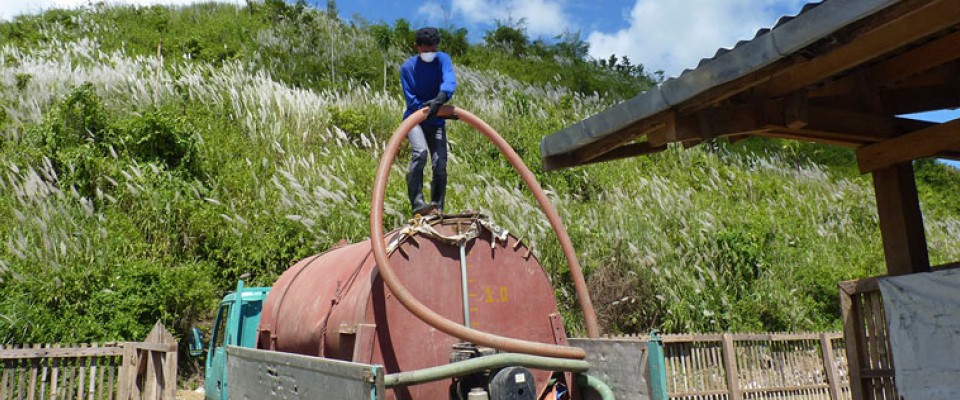

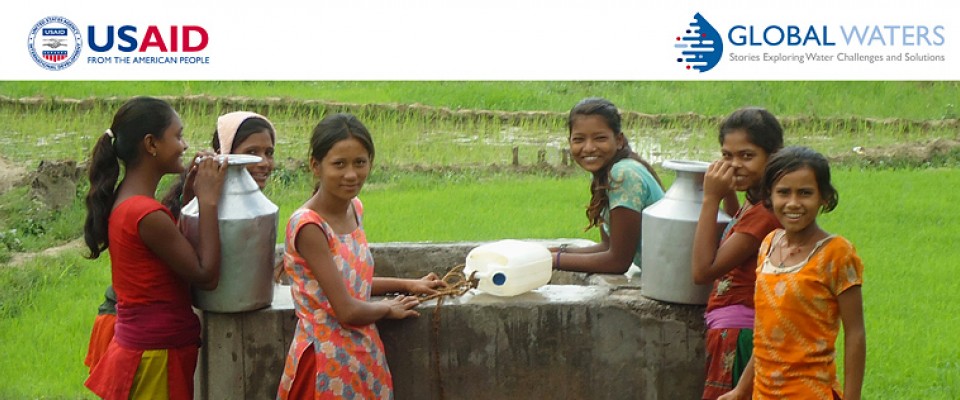

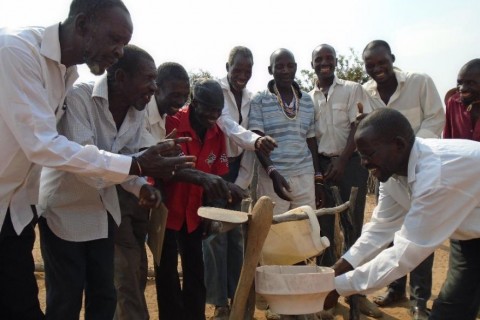
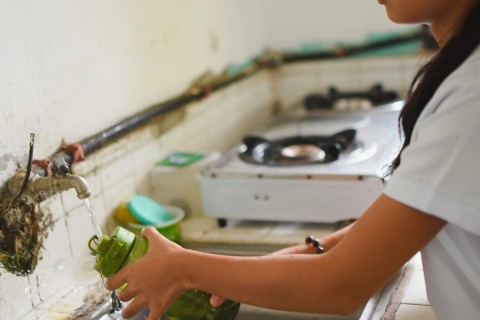

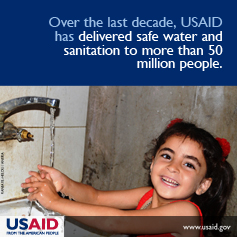
Comment
Make a general inquiry or suggest an improvement.